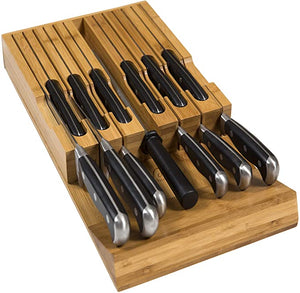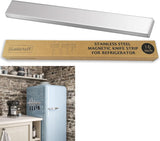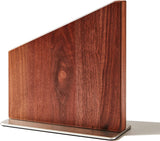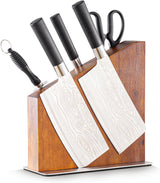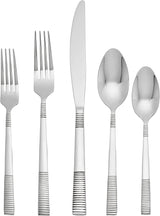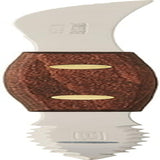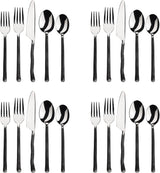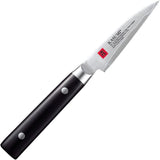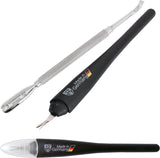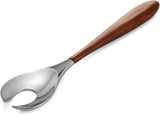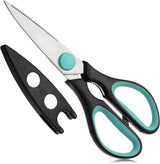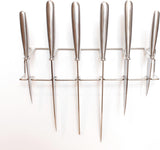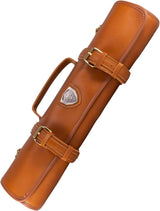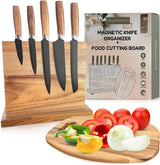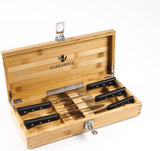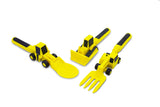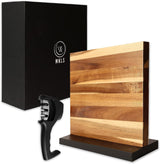The Nakiri vegetable knife is a remarkable tool in the world of culinary arts, often overlooked yet extremely efficient for kitchen professionals. Understanding how to use a Nakiri vegetable knife could significantly elevate your vegetable preparation game, ensuring precision, speed, and the ability to create stunning dishes consistently.
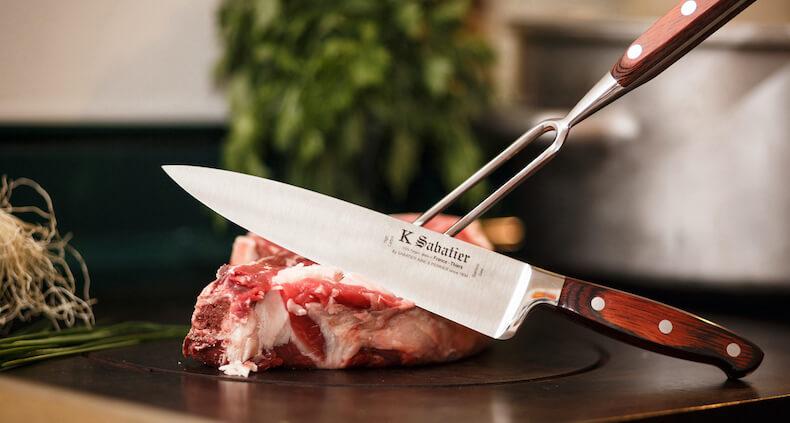
Understanding the Nakiri Knife
The Nakiri is a traditional Japanese vegetable knife, specifically designed for cutting, slicing, and dicing vegetables. Its rectangular shape and straight blade edge allow chefs to cut all the way through large vegetables, without needing to see-saw through the food. This knife is a favorite among professionals for its ability to make precise and clean cuts.
Unlike other types of kitchen knives, the Nakiri is not intended for meat or bone. Its thin blade ensures that when you cut vegetables, they don't get torn or damaged, preserving their cell structure, thus retaining moisture and enhancing flavor. For more insights on the types of kitchen knives, check out this comprehensive guide.
Essential Techniques for Using a Nakiri Knife
Gripping the Knife Correctly
To make the most out of your Nakiri knife, you must first master the grip. Hold the knife firmly but not tightly. Position your index finger and thumb on opposite sides of the blade for better control, while your other fingers wrap around the handle. This pinch grip ensures greater accuracy and stability.
Utilizing the Proper Cutting Motion
Unlike Western chef's knives, which use a rocking motion, the Nakiri is designed for an up and down chopping action. This straight motion provides clean and precise cuts, making it ideal for quickly preparing large quantities of vegetables.
Maintaining Control and Safety
Ensure your fingers are always tucked back (using the 'claw grip') to prevent any accidents. A sharp knife is a safe knife, so routinely honing your blade using proper techniques is essential. For guidance on how to sharpen your Nakiri knife, visit the post on how to sharpen Nakiri knife.
The Benefits of Mastering the Nakiri Knife
Increased Efficiency in Meal Prep
With a Nakiri knife, your preparation time is drastically reduced. The unique design of this knife allows for swift, simple, and precise cuts that save time, letting you focus on perfecting the dish rather than struggling with challenging vegetable cuts.
Improvement in Overall Presentation
Consistent cuts not only cook more evenly but also vastly improve the visual appeal of the dish. Symmetrical cuts are an essential element in fine dining, where presentation is as important as taste.
Caring for Your Nakiri Knife
A Nakiri knife requires proper care to maintain its sharpness and durability. Always hand wash your knife immediately after use, and dry it thoroughly before storing. Regular sharpening is necessary to keep the blade at peak performance. Learn the art of knife care in this informative article on Nakiri knives.
How the Nakiri Knife Fits into Your Kitchen Arsenal
For versatile kitchen operation, consider the Nakiri knife an essential part of your toolkit. When paired with other tools like the Gyuto or Santoku, it rounds out your ability to tackle any culinary task. For more advice on kitchen knife collections, explore this detailed guide.
Conclusion
The Nakiri knife is more than a tool; it's a testament to Japanese culinary art and discipline. By incorporating the Nakiri into your kitchen repertoire, you embrace a tradition of excellence and efficiency. Whether you're a seasoned professional or an enthusiastic home cook, understanding how to use a Nakiri vegetable knife will promote better dish quality and boost your culinary confidence.
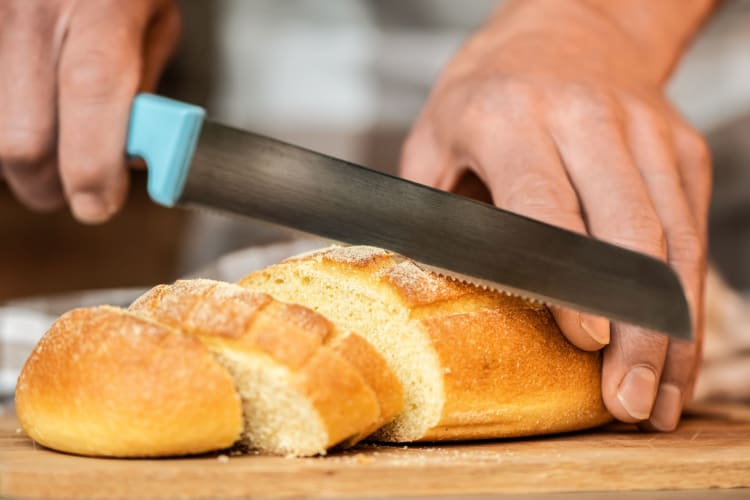
FAQ
What makes the Nakiri knife unique among kitchen knives?
The Nakiri knife's straight, flat blade allows for clean, precise cuts of soft and hard vegetables, setting it apart from knives with curved blades.
Can a Nakiri knife be used for cutting meat?
While a Nakiri can technically cut through boneless meat, its thin blade is specifically designed for vegetables and may struggle with tougher materials.
How do I sharpen a Nakiri knife?
It's recommended to use a whetstone for sharpening. Start with a coarse grit to reshape the blade edge, then finish with a finer grit for a polished edge. Check the blog on how to sharpen Nakiri knife for detailed steps.
This article contains affiliate links. We may earn a commission at no extra cost to you.
